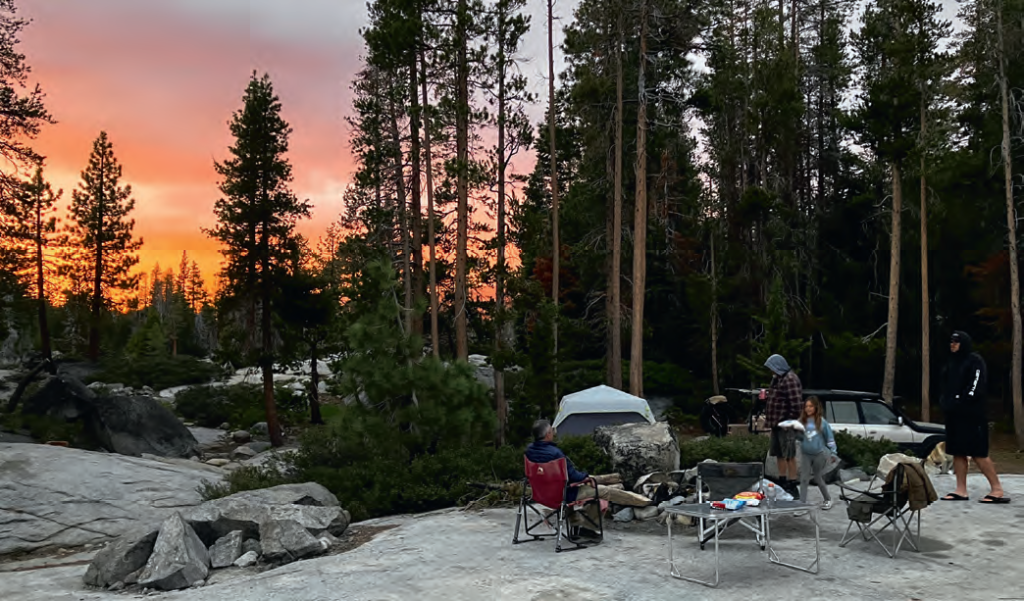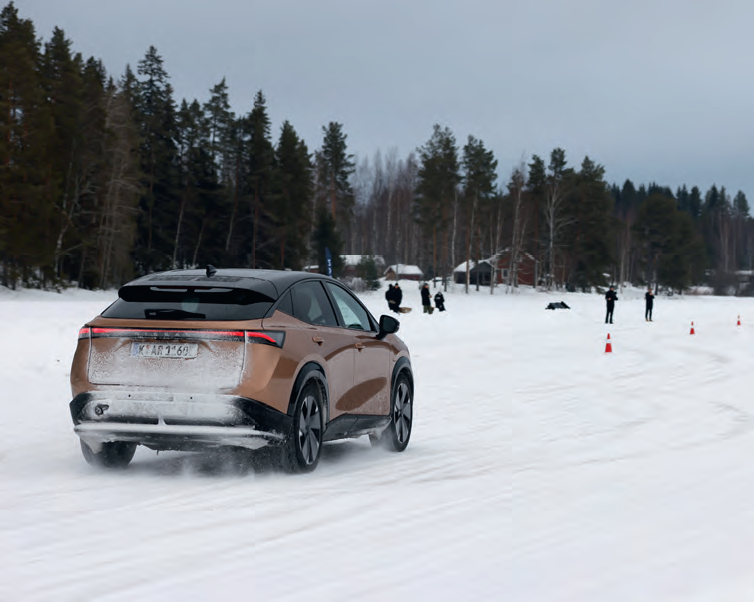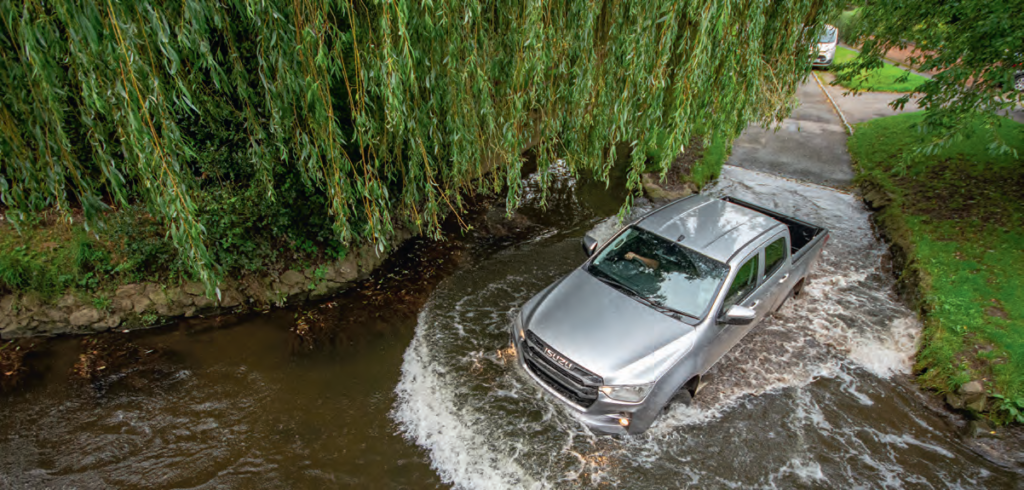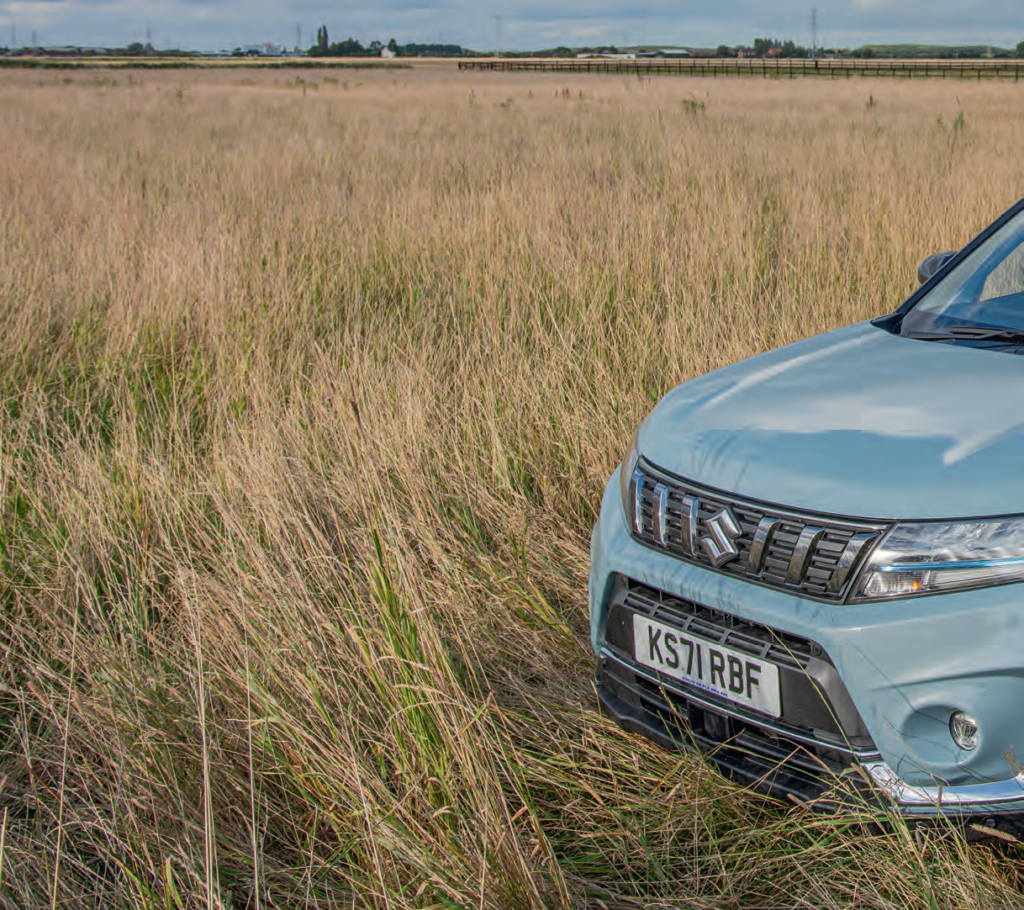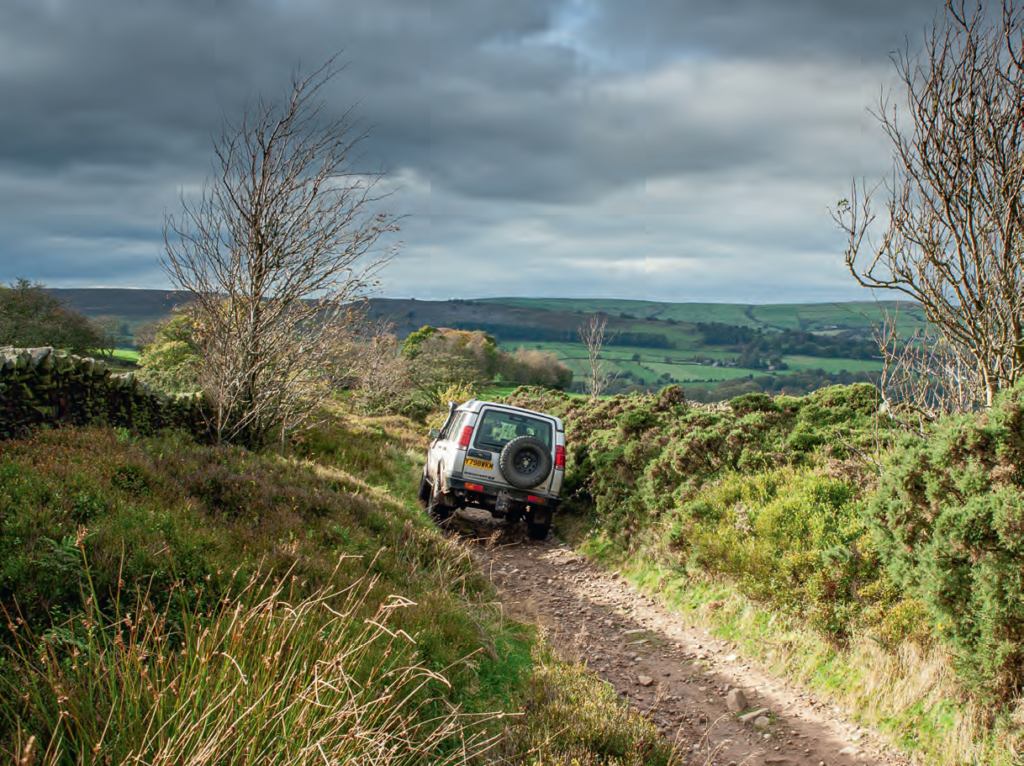On 3 August 1887, lawmakers in the El Dorado County, California passed a decree which classified the mountain trail between Georgetown and Lake Tahoe as a public road. Little did they know it at the time, but the right of way they had created was to become possibly the world’s most famous 4×4 trails.
The ‘road,’ which at the time was used only by stagecoaches, passed through Rubicon Springs – where, twenty years previously, John and George Hunsucker had built a riverside log cabin at the foot of a towering granite cliff. They went on to develop the site into a productive livestock and hunting ranch, before setting up a thriving business bottling the spring water.
Just under two decades had passed when Vade Phillips Clark, the daughter of landowner Joseph Phillips, approached the Hunsucker brothers and made them a successful offer for their holding in Rubicon Springs. She also bought a
second parcel of land at Potter’s Springs, around a mile away on the trail – which, less than half a century after the first white man ever laid eyes on Lake Tahoe, was now home to a fully fledged tourist resort.
Read the full article in the April Issue of Overlander 4×4
